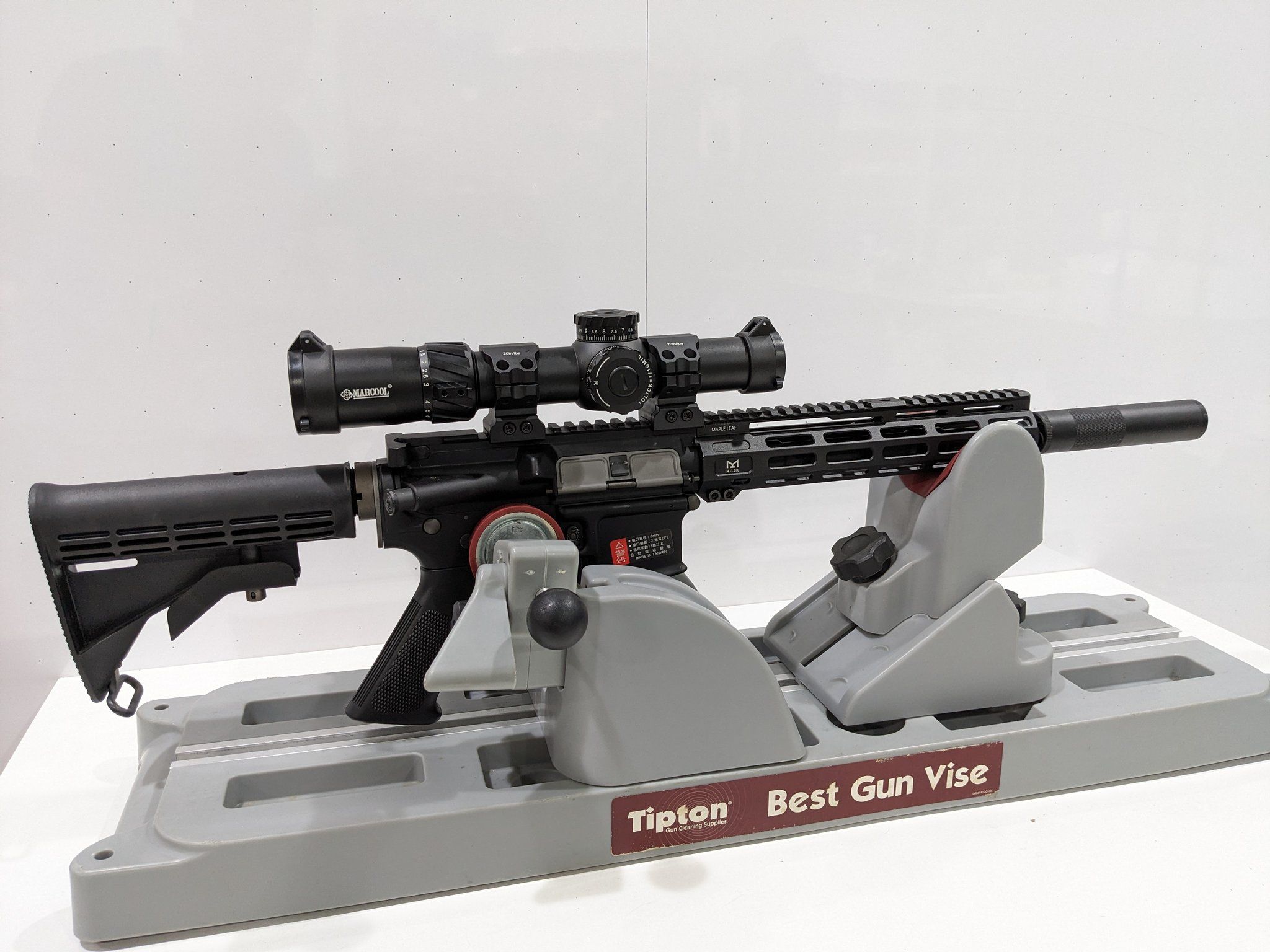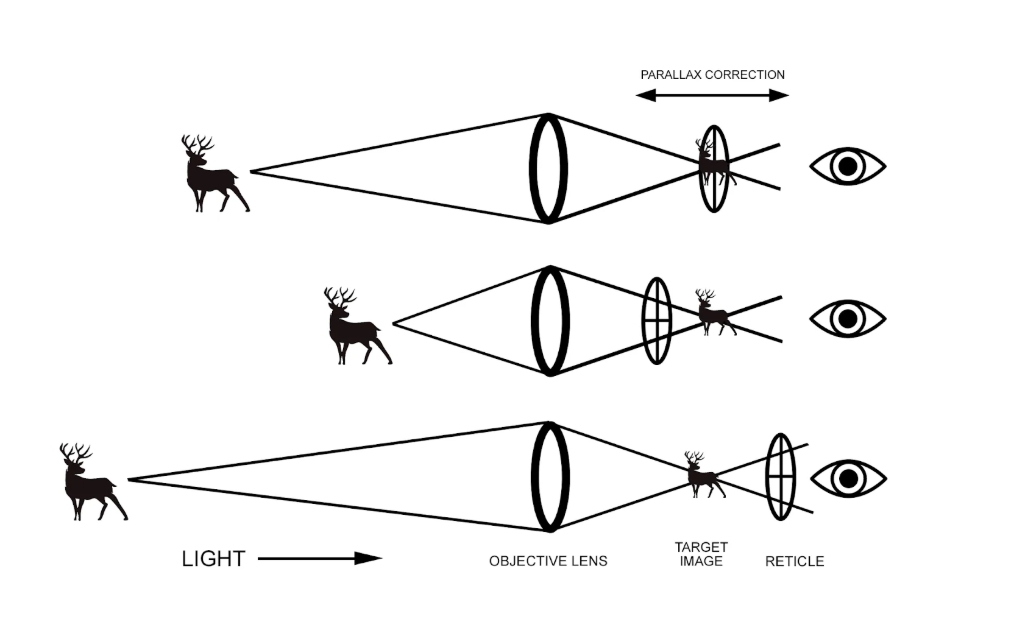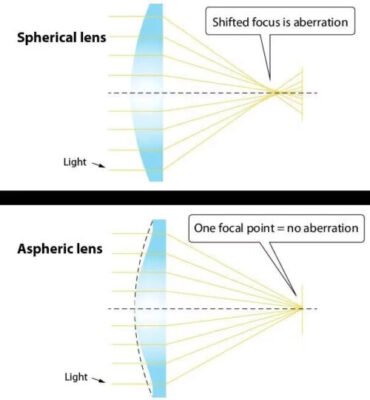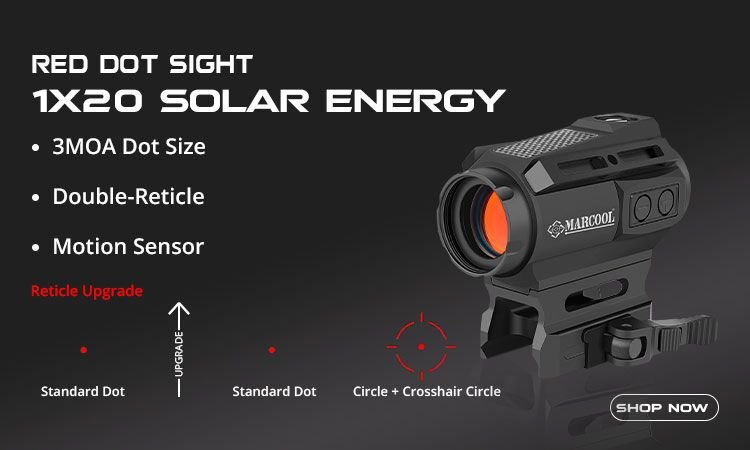What is CQB (Close Quarters Battle)?
CQB stands for Close Quarters Battle — a high-intensity tactical engagement that occurs in confined spaces such as buildings, hallways, stairwells, or vehicles. It emphasizes speed, precision, teamwork, and dynamic movement.
While often used interchangeably with CQC (Close Quarters Combat), CQB generally refers to firearms-based tactical operations, whereas CQC includes unarmed or melee engagements.
History and Evolution of CQB
CQB tactics trace their roots to World War II urban warfare and evolved through the training of elite units like the British SAS, Delta Force, and GSG‑9. Modern CQB doctrine was solidified in counter-terror operations following incidents like the 1972 Munich massacre and continues to evolve in urban combat zones such as Mogadishu and Fallujah.
Four Core Principles of CQB
- Speed: Rapid execution to overwhelm threats before they react.
- Surprise: Gaining the element of shock via stealth or fast entry.
- Violence of Action: Aggressive, focused force to dominate.
- Communication: Clear, pre-planned signals to maintain cohesion.
CQB Skills and Training Fundamentals
Individual Skills
- Safe weapon handling and muzzle awareness
- Proficiency with rifle and sidearm transitions
- Shooting on the move and from unconventional positions
- Threat identification and target discrimination
Team Movement & Coordination
- Room entry formations (e.g., stack or L-shape)
- Door breach and threshold evaluation
- Corner and hallway clearing techniques
- Silent and verbal communication signals
CQB Tactics & Techniques
- Slicing the Pie: Controlled angle entry to minimize exposure.
- Dynamic Entry: Fast and aggressive breach into rooms.
- Deliberate Entry: Slow, methodical room clearing.
- Compressed Ready: Muzzle-down ready position in tight spaces.
- Clear and Secure: Room cleared only when fully checked and secured.
Essential CQB Gear
| Gear Type | Purpose |
|---|---|
| Short-Barrel Rifle (SBR) | Manoeuvrability in tight quarters |
| Red Dot or LPVO | Quick target acquisition at close-to-mid range |
| Weapon Light | Target ID in low light |
| Helmet / Ballistic Protection | Protect against fragmentation and head trauma |
| Communication System | Coordinate with team discreetly |
| Sidearm | Backup weapon in confined or malfunction scenarios |
CQB Training Scenarios
- Live-Fire Room Clearing — With strict safety protocols.
- Force-on-Force Drills — Simulated combat with airsoft or simunition.
- Low-Light Training — Enhancing effectiveness with weapon lights.
- CBRN Environments — Close-quarter readiness with gas masks or chemical suits.
- Night Vision Integration — Using NODs (night observation devices) indoors.
Safety and Legal Considerations
- Always train in approved facilities or private land with a secure backstop.
- Use simulation tools (e.g., blue guns or airsoft) in non-range environments.
- Understand local firearm laws and use-of-force policies before engaging in any CQB-style training.
Conclusion
CQB is a high-risk, high-reward tactical discipline. Whether you’re military, law enforcement, or a responsible civilian, mastering close-quarters battle means building discipline, decision-making, and deliberate action. With the right mindset, training, and gear, CQB skills become life-saving tools in dynamic environments.





